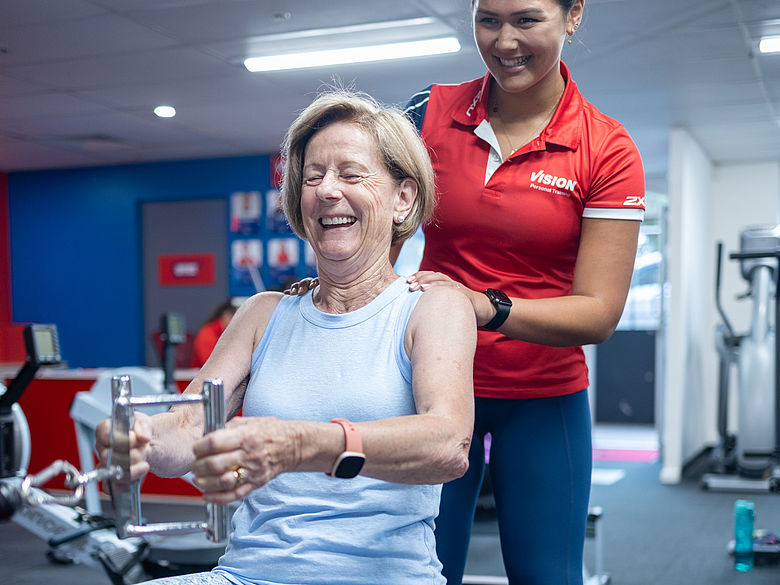When it comes to body fat, we often focus on the fat we can see, and not so much the fat we can’t see. Unfortunately, the fat we can’t see has more health implications than the fat we can see.
Let’s start with the fat that we can see – Subcutaneous Fat.
Subcutaneous fat is the type of fat that is located just beneath the skin. It is the most visible type of fat on the body and is found throughout the body, including the arms, legs, abdomen, and buttocks. Subcutaneous fat serves several functions, including insulation, cushioning, and energy storage.
What about the fat we can’t see? Visceral Fat.
Visceral fat is the type of fat that is located deep inside the abdominal cavity, surrounding the internal organs such as the liver, pancreas, and intestines, and is metabolically active, secreting hormones and other substances that play a role in regulating metabolism and inflammation.
Why is it important to understand the difference?
While visceral fat serves important functions in the body, having excessive amounts of it can be harmful to health. High levels of visceral fat are associated with an increased risk of various health problems, including type 2 diabetes, heart disease, high blood pressure, stroke, and certain cancers.
Unlike visceral fat, subcutaneous fat is not considered to be as harmful to health. While having high levels of subcutaneous fat can be associated with overweight and obesity, it is generally not associated with the same health risks as visceral fat. Unfortunately, people unknowingly prioritise the reduction of subcutaneous fat over visceral fat, as it is the fat that is more visible. Out of sight, out of mind. However, it can be more difficult to lose than visceral fat, as it tends to be more stubborn and resistant to diet and exercise.
So how do we reduce both Visceral Fat & Subcutaneous Fat?
- Eat a balanced diet. A healthy diet is essential for reducing visceral fat. This includes eating plenty of fruits, vegetables, whole grains, and lean protein sources such as fish, poultry, and legumes. Limiting processed and high-calorie foods such as sugary drinks, sweets, and fried foods will also help.
- Reduce calorie intake. Consuming fewer calories than you burn can help to create a calorie deficit, which can lead to weight loss and a reduction in subcutaneous fat. Be sure to consume a balanced diet (as per the above) with plenty of protein, fibre, and healthy fats to support overall health.
- Incorporate more cardiovascular exercise. Engaging in aerobic activities such as running, cycling, or swimming can help to burn calories and reduce overall body fat, including both visceral and subcutaneous fat.
- Add resistance training. Strength training exercises such as lifting weights can help to build muscle mass, which can increase metabolism and help to burn more calories throughout the day.
- Manage stress. Chronic stress can contribute to visceral fat accumulation. Incorporating stress-reducing activities such as meditation, deep breathing, or yoga can help to lower stress levels.
- Get enough sleep. Getting enough sleep is important for maintaining a healthy weight and reducing subcutaneous & visceral fat. Aim for 7-9 hours of sleep per night.
- Limit alcohol intake. Excessive alcohol consumption can contribute to visceral fat accumulation. Limiting alcohol intake to moderate levels (up to one drink per day for women and up to two drinks per day for men) can help to reduce both fat levels.
Would you like to measure your visceral fat levels? At Vision, we use the latest full body scanning technology from EVOLT 360 to track and monitor body composition changes. The Vision BIOSCAN is considered the fastest, non-invasive method of understanding body composition, including both visceral and subcutaneous measurements. If you can measure it, you can change it!
- Takes less than 60 seconds
- Non-invasive
- Remove shoes and socks
- Accurately track progress

